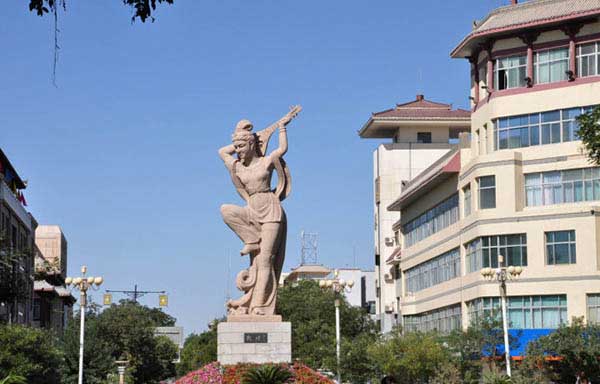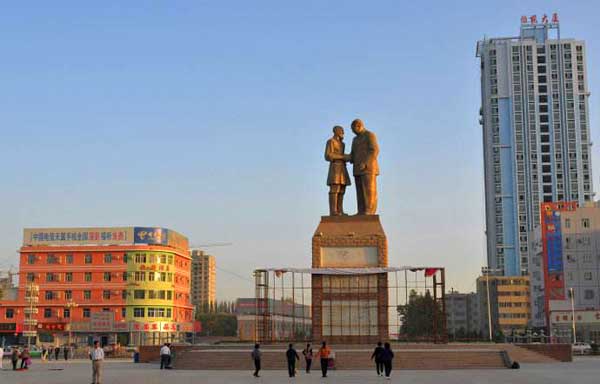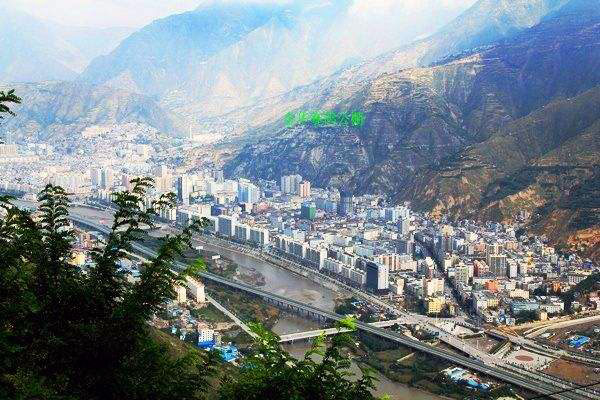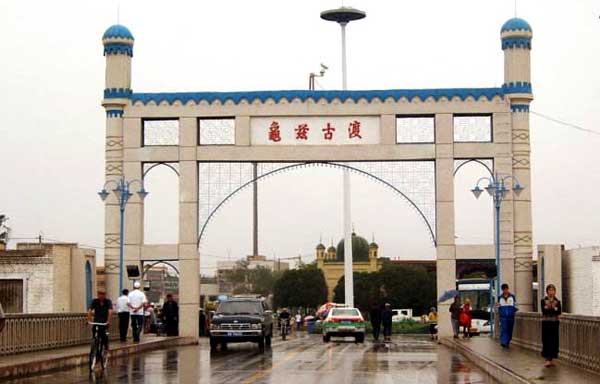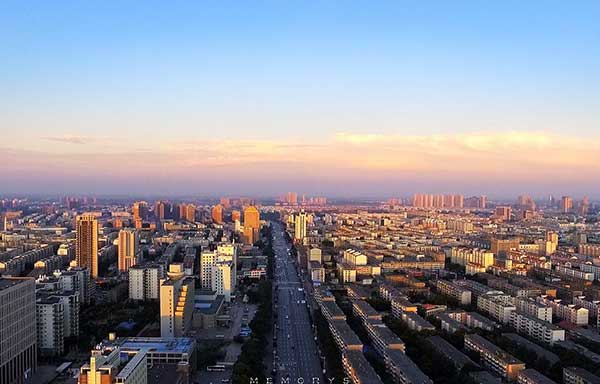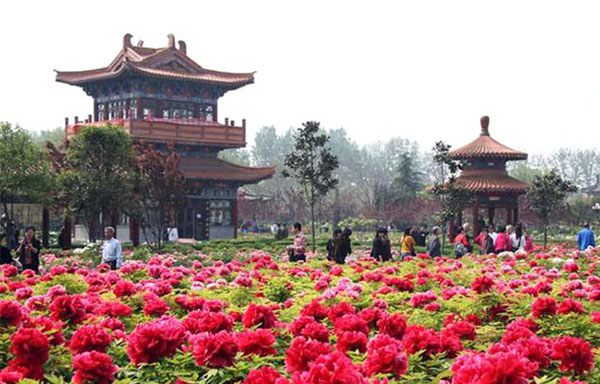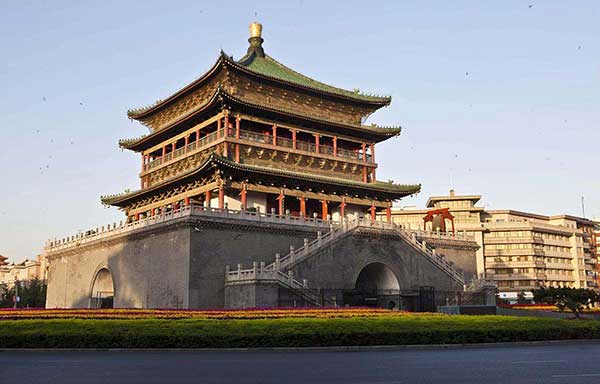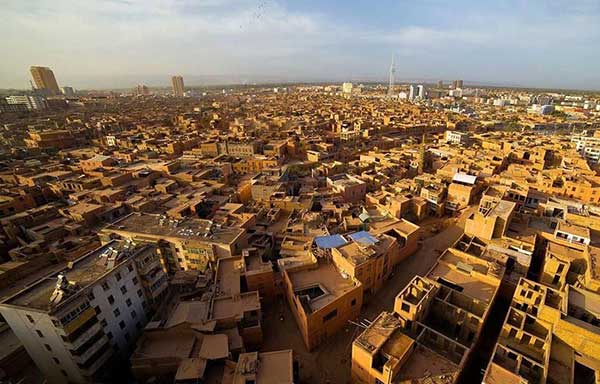- By admin
- In EthnicGroups
- 2018-06-27
Ethnic Groups & Religions on the Silk Road - Uygur
The Kirgizs
Living Areas:
Most of the Kirgiz people in Xinjiang live in the Kizilsu Kirgiz Autonomous Prefecture; others are scattered on both sides of the Tianshan Mountains. Another group of tens of thousands live in Fuyu County of Heilongjiang Province in northeastern China.
Population:
In Xinjiang, the Kirgiz population is around 173,700, 0.90 percent of the regional total.
Language:
The Kirgiz language belongs to the Turkic branch of the Altaic language family. The Kirgizs speak two different dialects - Southern and Northern. Their written language is based on Arabic script.
Holidays:
Conventionally, the Kirgizs celebrate Corban, Rosun and Noruz.
Religion:
Islam is the primary religious belief of the Kirgizs, although some in Emin County, Tacheng observe Lamaism or Shamanism.
Costume:
Kirgiz men traditionally wear white felt hats, high horse riding boots and long chapan gowns. The typical garment for women includes a Western-style dress and colorful vest.
Marriage:
Monogamy is practiced among the Kirgizs. Marriage is prohibited between blood relations within five to seven generations. At the engagement ceremony the bridegroom's family presents nine gifts to the bride's, since nine is considered an auspicious number, often of domestic animals. Weddings are often grand occasions.
Residence:
Kirgiz herdspeople commonly live in yurts, while farmers live in wooden-framed adobe bungalow houses.
Economy:
Animal husbandry is the Kirgizs' primary means of livelihood, but those who have settled on plains also engage in farming.
Diet:
Beef, mutton and dairy products are the traditional staple foods of the Kirgizs, with wheat foods as subsidiary. Tea with milk and salt is a favorite beverage.
Culture:
The Kirgizs have a long cultural tradition in which singing and dancing play a central role. The well-known Manas is one of the three greatest ethnic minority epics of China. Many Kirgiz women are deft embroiderers and knitters who make elegant tapestries.
History:
They call themselves "Kirgizs" but are recorded under many Mandarin Chinese names in historical documents.The forefathers of the Kirgizs were nomadic tribes living on the steppe along the Yenisey River in the 3rd century BC, subjects of the Huns. Some Kirgiz tribes later moved to the Tianshan Mountain area. They were ruled by Turkic peoples, including the Uighurs. By the mid-7th century, Kirgiz tribes were subjects of the Turkic Khanate. In 648, the Kirgiz chief presented himself before the royal court of the Tang Dynasty to form an alliance. The latter set up a military station in Kirgiz territory, helping the Kirgizs defeat the Uighur Khanate and found the Kirgiz Khanate in 840. During the 10th and the mid-18th centuries, however, the Kirgizs fell again under the rule of the Kala Khanate, Liao, Western Liao, Chahetai Khanate and its successors. As the Western Liao moved their capital westwards and Genghis Khan launched his western expedition in the 13th century, the Kirgiz tribes that had remained in the Yenisey River Valley followed the trend southwestward into Xinjiang. They became subjects of the Dzungarians in the mid-17th century. After the Qing Dynasty crushed the Dzungarian rebellions, part of the Kirgiz Blut tribes moved back to the Seven-River Basin. In this long process of migrations, the Kirgizs intermingled with other tribes and developed a distinct ethnic entity.
The Tajiks
Living Areas:
The majority of Tajik people inhabit the Taxkorgan Tajik Autonomous County in the northwest extreme of Chinese territory. These are "Selekur (highland) Tajiks." They have fair skin, blonde or brown hair and blue or grey eyes, and have lived in central Asia since antiquity.
Population:
The 2003 census counted 40,900 Tajiks in Xinjiang, 0.21 percent of the region's population.
Language:
The Tajiks have an oral language with no written form. The Tajik tongue belongs to the Iranian group of the Indo-European family of languages. Most Tajiks in Taxkorgan speak the Selekur dialect, others the Wahan dialect. Around 60 percent also speak the Uygur language.
History:
The word "Tajik" means "crown" in their language. The traditional explanation is that they live on the "crown" – the highest mountain ranges.
According to Tajik custom, they are descended from eagles. Beautiful legends of the "princess' castle," "eagle dance," "eagle flute" and dap (drum) are still passed on today. The present Taxkorgan area has had numerous names. In 1913, it became a county under the jurisdiction of Kashi Prefecture. The local people's government was founded in 1950. On September 17, 1954, the current autonomous government replaced it.
Economy:
Farming and animal husbandry are the two key sources of income for Tajiks. They also go hunting and engage in other subsidiary production. Horticulture, for example, is common among those in Datong township.
Diet:
The Tajiks have beef, mutton, dairy products and pita bread as traditional staple foods.
Culture:
Tajik musical instruments include a three-holed "eagle flute," rawap, brazkom and dap. The eagle dance is a favorite.
Holidays:
The Tajiks celebrate Corban, Shogonbahar, as well as Water Drawing, Sewing and Lantern festivals.
Religion:
The Tajiks' ancestors were Zoroastrians, but in the late 11th century they started to convert to Islam, which remains the dominant religion.
Costume:
Typically, Tajik men wear gowns called qiapan, tied up with a long cloth band around waist. Qiapans are matched by embroidered skull caps. Women like brightly-colored dresses and embroidered kuleta caps.
Marriage:
The Tajiks practice monogamy. Their wedding ceremonies last for three days, where people sing and dance to music played with eagle flutes and daps. The new weds' married life is considered to start on the third day, when the senior host lifts the bride's veil.
Residence:
Tajik homes, langelis, are wood-stone or wood-adobe structured bungalows. Without any windows, such buildings have wood built skylights instead. A typical langeli has five supporting pillars inside.
Related destinations
Why Choose Us?
We are the top Silk Road tour operator based in Dunhuang, China. We focus on providing well designed Silk Road China Tours with resonable price and thoughtful service.
- Easy & carefree booking
- The best value
- Great travel experience
- Locally operated
Hot Tours
-

6 days Gansu tour to Binglingsi, Xiahe and Langmusi
Tour type : Private tour Price : from *** Destinations : Lanzhou - linxia - Xiahe - Langmusi - Hezuo - Lanzhou -

12 Days Gansu Highlights Tour
Tour type : Private tour Price : from *** Destinations : Xian – Tianshui – Lanzhou – Xiahe – Langmusi – Hezuo – Zhangye – Jiayuguan - Dunhuang -
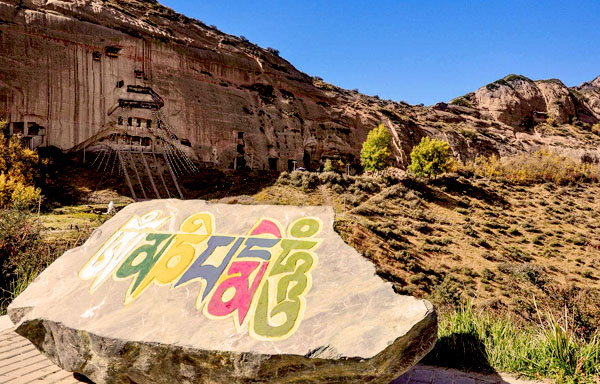
10 Days Silk Road Classic Tour
Tour type : Private tour Price : from *** Destinations : Xian - Zhangye - Jiayuguan - Dunhuang - Turpan - Urumqi -

5 Days Zhangye - Alxa youqi Highlights Tour
Tour type : Private Tour Price : from *** Destinations : Zhangye - Alax youqi - Zhangye

